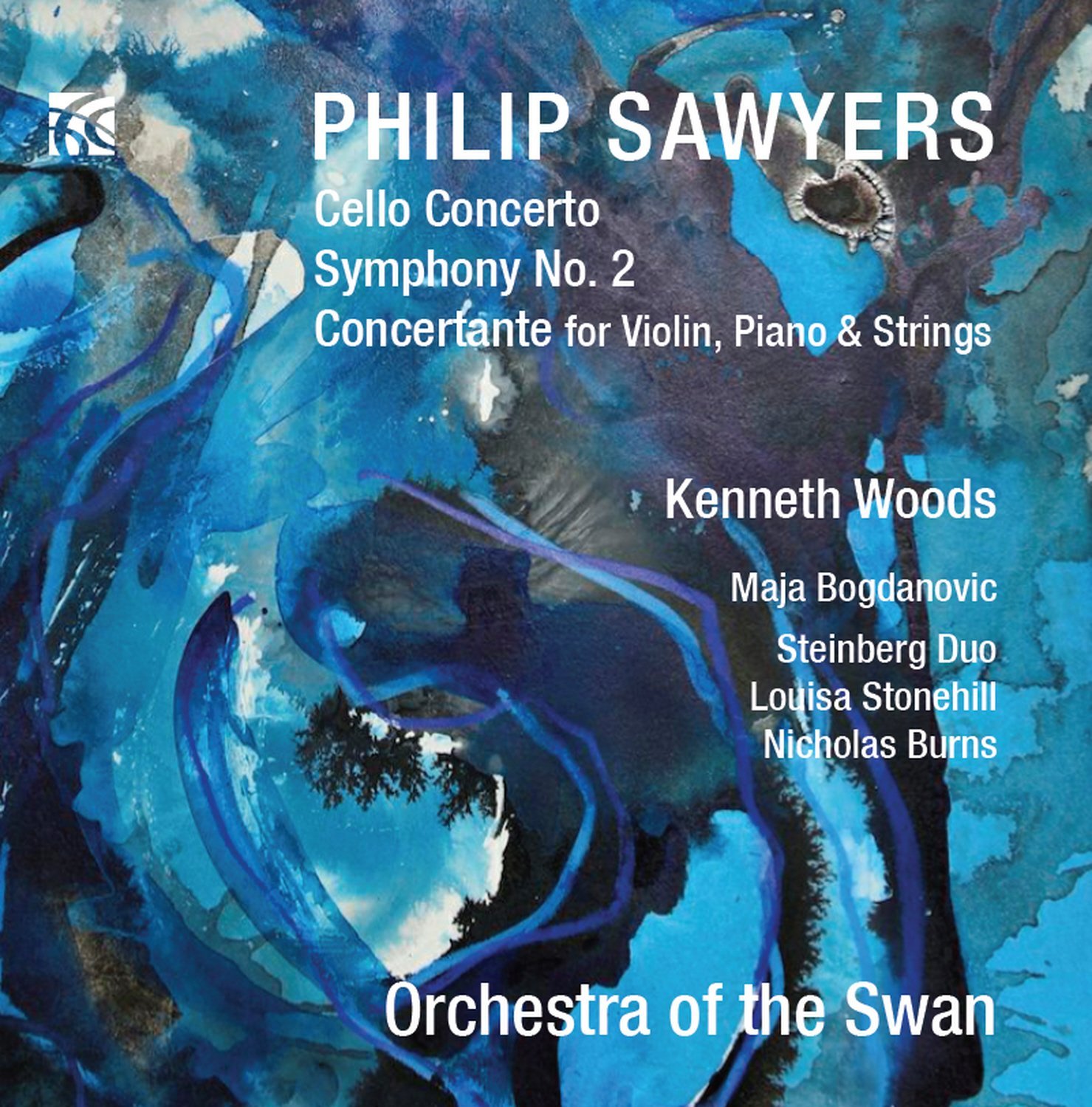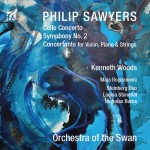A new review from Robert Matthew-Walker at Classical Source. Read the whole thing here
A short sample follows
with regard to Sawyers’s compositions: they speak naturally, seriously, but by no means doggedly; his music is emotionally direct and always involving the intelligent listener. This is the kind of music for which many people have been secretly hoping for years. The First Symphony (commissioned by the Grand Rapids Symphony for its 75th-anniversary) is a superb work, in four movements, wonderfully orchestrated, sensitive, powerful and memorable. We’ll come to the Second Symphony in a moment, but on this current disc I began with the Concertante (2006), the shortest work here at eleven minutes and calling for the fewest number of players. It is a magnificent composition, in the line of a single-movement three-sectioned combination of emotional power and relaxation, drama and contemplation, superbly expressed within an underlying and unifying pulse. The music is immediately intriguing and concerned entirely with development. The preparation for the central slower section is wonderfully achieved, growing quietly (and wholly organically) from the previous concluding bars, it builds to a genuine and powerful climax before morphing into the faster third section – a true ‘coming together’ of the material.
Not the least important aspect of this release is the excellent booklet note by Kenneth Woods, who writes apropos of this work: “[it is]a wonderful example of a work written somewhat ‘to order’ which still manages to encapsulate all that is so compelling and rewarding about his music … I love the way in which a work that could have ended up ‘modest’ in all the wrong ways packs such a powerful emotional punch.” Having been deeply impressed with Sawyers’s First Symphony, I ought not to have been surprised by the sheer fearlessness and directness of expression of the Second (2008), the work of a musician who is communicative, intelligent and unfailingly musical at all times within a very wide expressive range. There are no miscalculations in this work: it is a genuine Symphony, such as Sibelius, Nielsen, Schoenberg and Shostakovich would instantly have recognised, and in no sense is it ‘old-fashioned’ – the concept of ‘fashion’ in music is as unacceptable to Sawyers as it was to those earlier masters. Power, strength and expressive range are here a-plenty, and the continuous flow of the music is gripping, travelling this way and that, but at all times utterly well-paced. Perhaps the most remarkable aspect is that it is written for exactly the same-sized orchestra that Beethoven calls for in his Seventh Symphony, eminently playable, lying under the fingers and totally rewarding.
Sawyers’s Cello Concerto (2010) was written for Maja Bogdanovic, and is also eminently serious and immensely impressive. From the first bars, the listener’s attention is gripped as one follows the argument, growing from the beautiful initial theme; the second movement is further proof of this composer’s quality – it is contemplative, but possessing a genuine sense of inner momentum: this is not one idea following another, but revealing a flow such as one finds in the slow movements of Brahms’s larger structures. It leads to a central faster section full of “anger and tension” (as Woods well says) but handled with complete assurance as the music returns to the mood of the opening, subsumed and at peace. The somewhat unpredictable finale sheds fresh light on this composer’s outlook: “I’ve come to absolutely love it”, says Woods – and one hopes that many more will share the experience.
The performances are totally committed and the recording quality is really fine. This is the kind of music that gives one hope for the future of our art.


Recent Comments